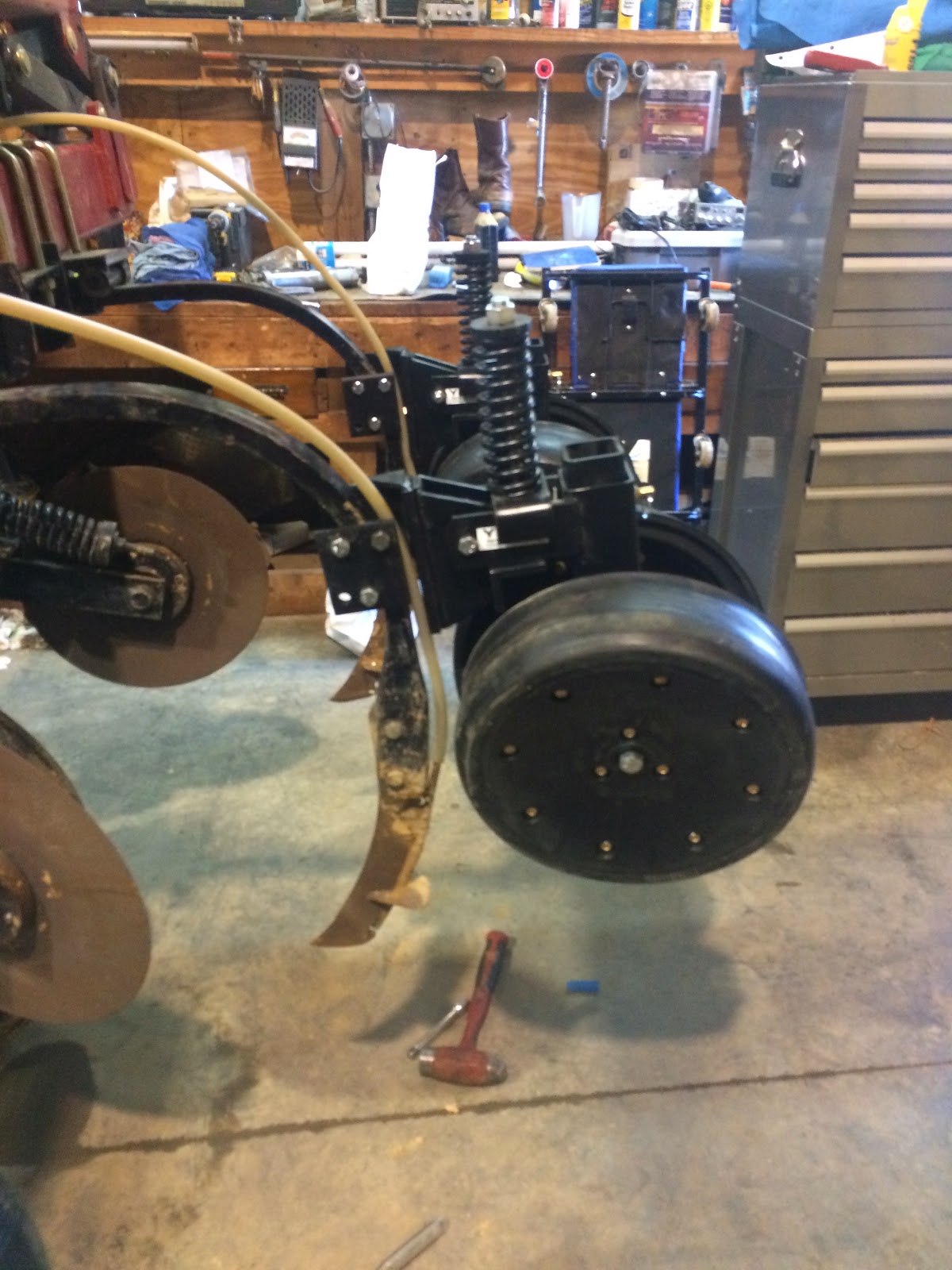After months of preparation we were able to get in the field and start planting corn last week for 2 days. The weather has turned wet and we will likely not be able to get back in the field for another week. We did however get a few hundred acres in the ground and got the planter dialed in and tuned up the way we wanted.
 |
| Sherman and Chris Marklin putting the corn disks in the planter unit meters. |
 |
| Jake Mitchell planting corn in Simpson Co. KY. |
 |
| Tobacco plants are coming along in the greenhouse too. We will be setting transplants in about a month now. |











No comments:
Post a Comment